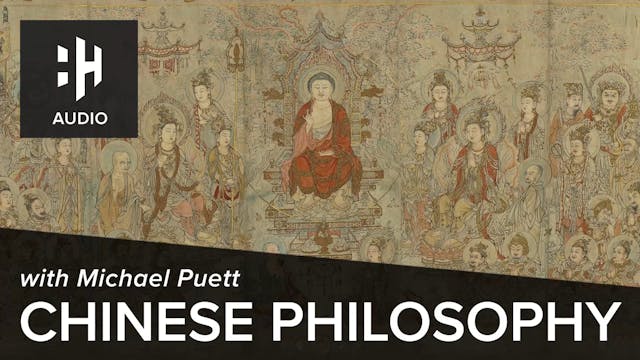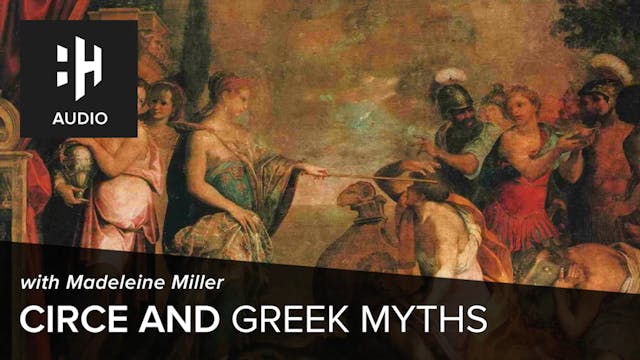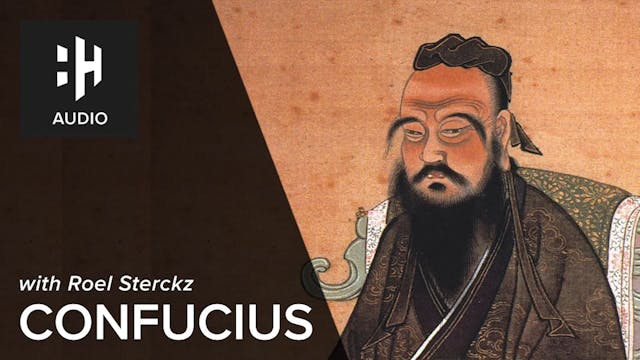Maps: Our Place in the World
Ancient
•
20m
Many of us can’t help but be obsessed with maps – including Dan. They tell us where we are in the world and let us know how our environment has changed overtime. History, geography and philosophy – maps cross all these fields of study. The history of mapmaking has its roots in the ancient world, with a Greek who lived during the 2nd century AD - when the Roman Empire had reached its zenith. His name was Ptolemy, the father of cartography. Working in Alexandria, one of the key centres of learning in the world, in c.150 AD Ptolemy finished his main work: a book he called ‘the Geography’. In his work he documents the existence of tribes and peoples living in lands stretching from the very tip of Scotland all the way to the Canary Islands in the furthest west and Korea in the furthest east. The extent of knowledge in Ptolemy’s map proves that the saying, the Romans conquered the world, is far from the truth - even by the evidence of their own time. Despite creating this manuscript nearly 2,000 years ago, Ptolemy remains to this day one of the giants of cartography. To find out more about the history of maps and why we are so fascinated by them, Dan visited the Bodleian Library in Oxford, home to one and a quarter million historic maps. Aided by professor Jerry Brotton, together they discuss the significance of Ptolemy’s work and look at some of the jewels of the collection. Jerry Brotton is a Professor of Renaissance Studies at the Queen Mary University of London. His book, ‘History of the World in Twelve Maps’ was a New York Times Bestseller and he has appeared as a guest and contributor on various television and radio programmes.
Up Next in Ancient
-
🎧 Chinese Philosophy
Michael Puett is Professor of Chinese History at Harvard and has lectured widely at the world's leading universities. His course in Chinese philosophy is among the most popular at Harvard and in 2013 he was awarded a Harvard College Professorship for excellence in undergraduate teaching.
-
🎧 Circe and Greek Myths with Madelein...
Dan and bestselling author Madeleine Miller chat Greek myths and the Odyssey. They talk about Virgil, the Aenead, Patroclus and Agamemnon, and whether Dan should sacrifice his daughter to ensure prevailing winds. Producer: Peter Curry
-
🎧 Confucius with Roel Sterckx
Dan and Roel Sterckz sit down to talk about all things Confucius, the ancient Chinese philosopher and politician. They discuss his influence in the trajectory of intellectual history and what we know about the historical Confucius. Producer: Oliver Nelken



